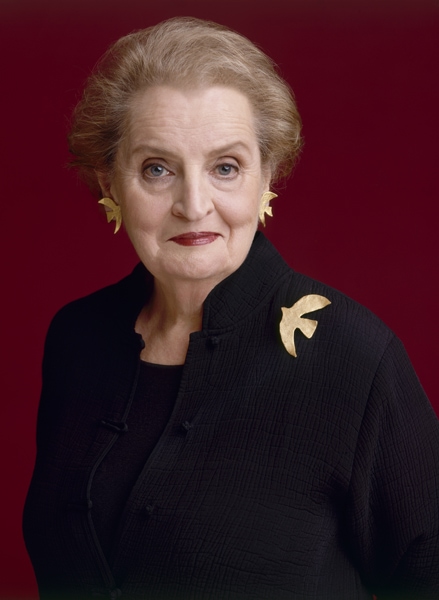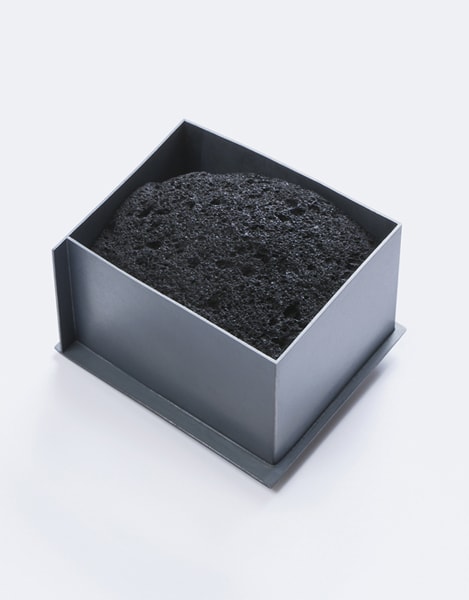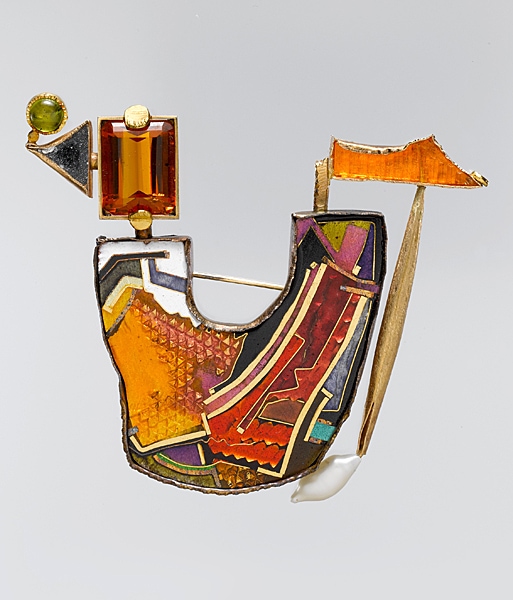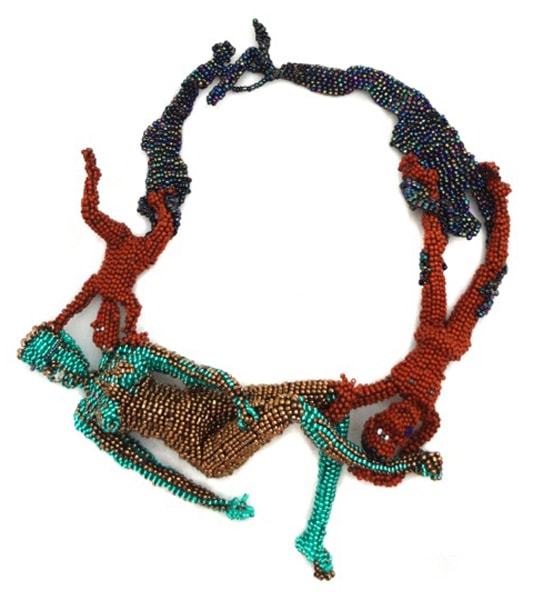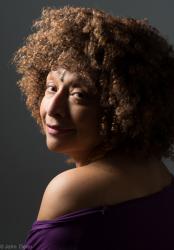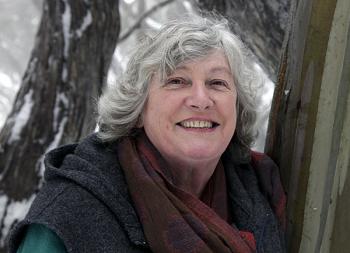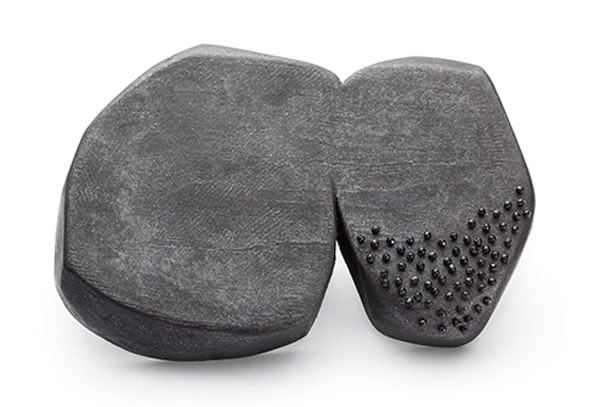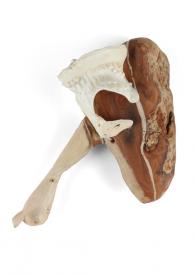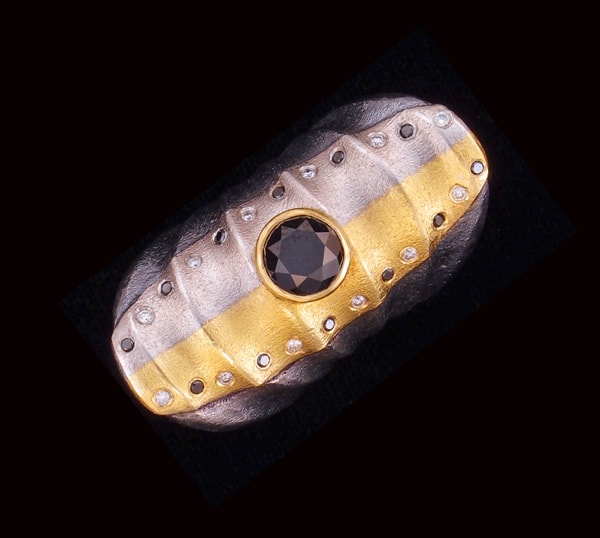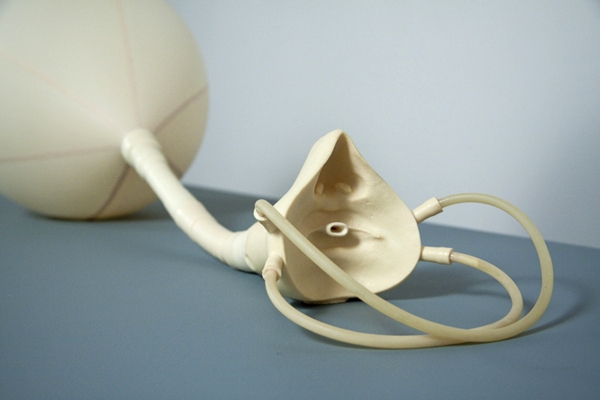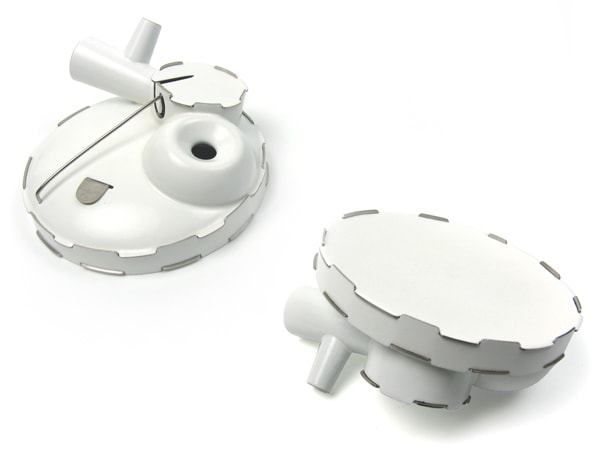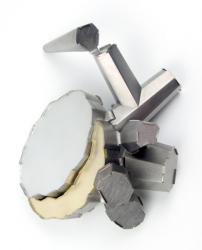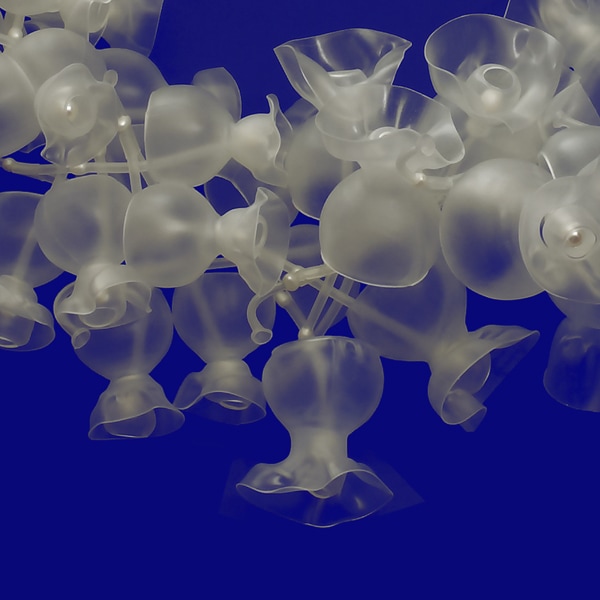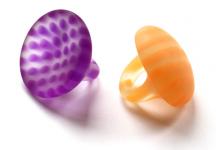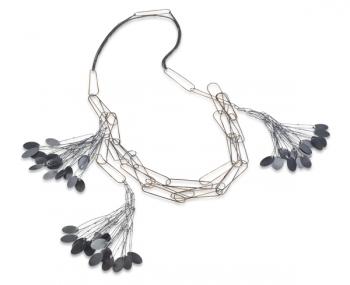 Yevgeniya Kaganovich is a very diversified and articulate artist. Her show at Heidi Lowe Gallery called Function Fictions is a continuation of an investigation of her fascination with pearls. She has some interesting thoughts about them and a new process for using them in the making of her necklaces. I also asked her about some of her earlier work, which veers out of the jewelry realm but stays in the land of the body.
Yevgeniya Kaganovich is a very diversified and articulate artist. Her show at Heidi Lowe Gallery called Function Fictions is a continuation of an investigation of her fascination with pearls. She has some interesting thoughts about them and a new process for using them in the making of her necklaces. I also asked her about some of her earlier work, which veers out of the jewelry realm but stays in the land of the body.
Susan Cummins: Pearls have been your thing for a long time. What kind of hold do they have on you?
Yevgeniya Kaganovich: I am fascinated by the distance between “pearl” the object and “pearl” the cultural contract. Pearls have come to have so many different, sometimes diametrically opposing connotations: status, wealth, power, glamour, celebrity, purity, innocence, corruption, and seduction. The pearl operates as a signifier of these cultural constructs. But in reality, the pearl is this very unlikely object. Considering its origin, a pearl is a scar, an imperfection that has been glorified, elevated to a status of preciousness, and ascribed a high monetary value. For all of its cultural conditions, prestige, and historical statue, a pearl has a meager beginning as a mere irritation, an anomaly. It gets even more complicated with cultured pearls. They are deliberate intrusions into live organisms—hybrids, mutants. And then there is nacre, the iridescent outer coating of pearls, which is a bit magical, because its formation is not fully understood scientifically. It is secreted by a mollusk. Its function is to smooth the shell surface and protect the soft tissues from debris/future pearls. A mollusk deposits successive layers of nacre onto a pearl all its life. We value the pearl based on how thick and lustrous its nacre is. In my pearl work, I attempt to think through some of these dichotomies.
